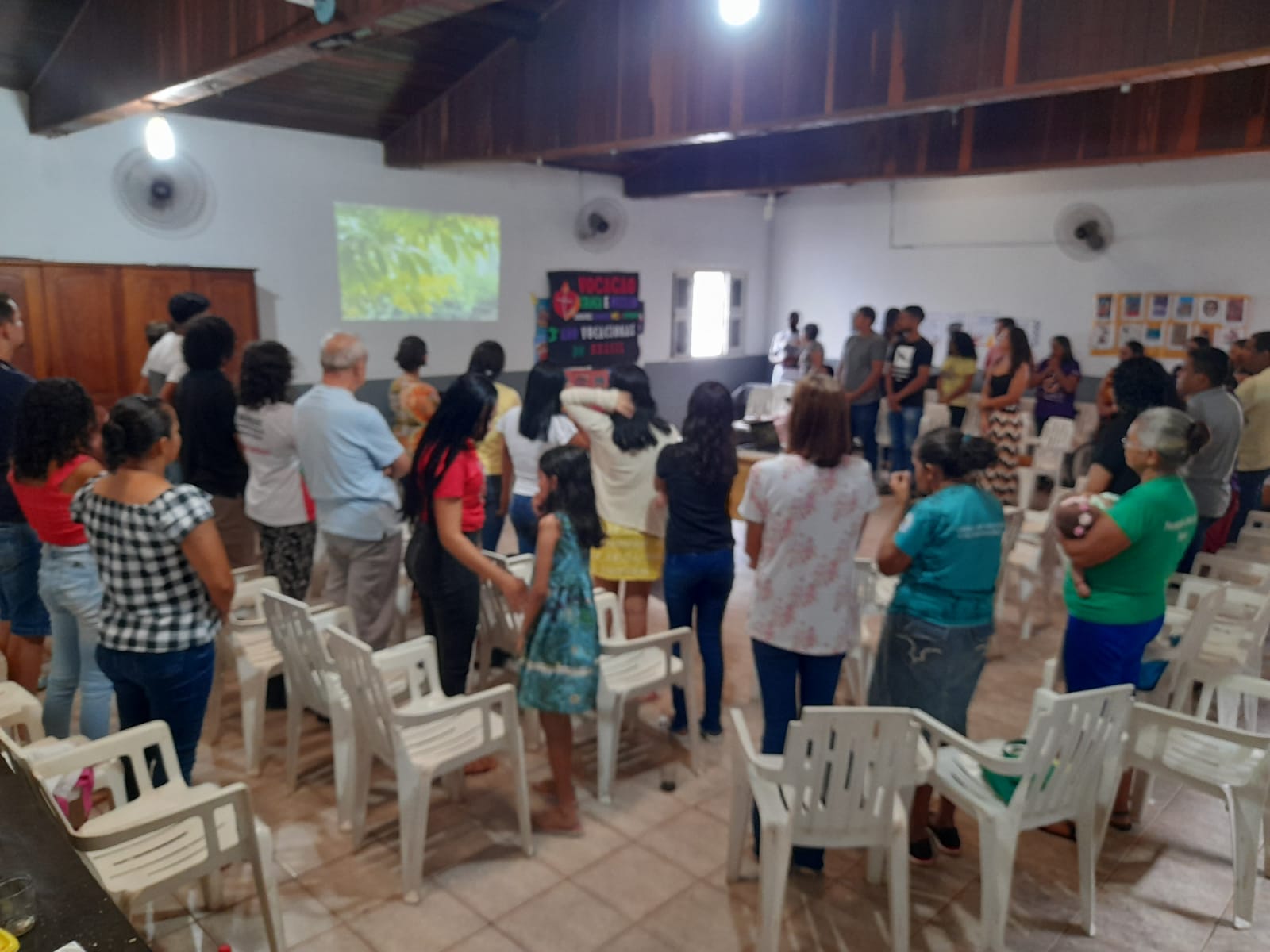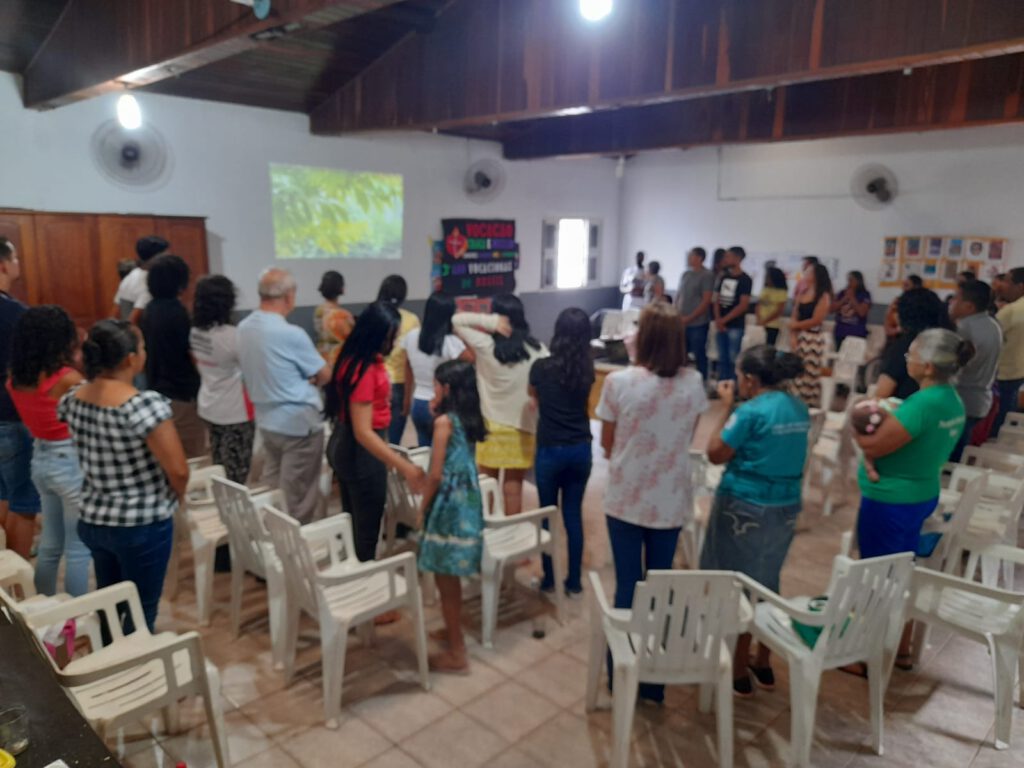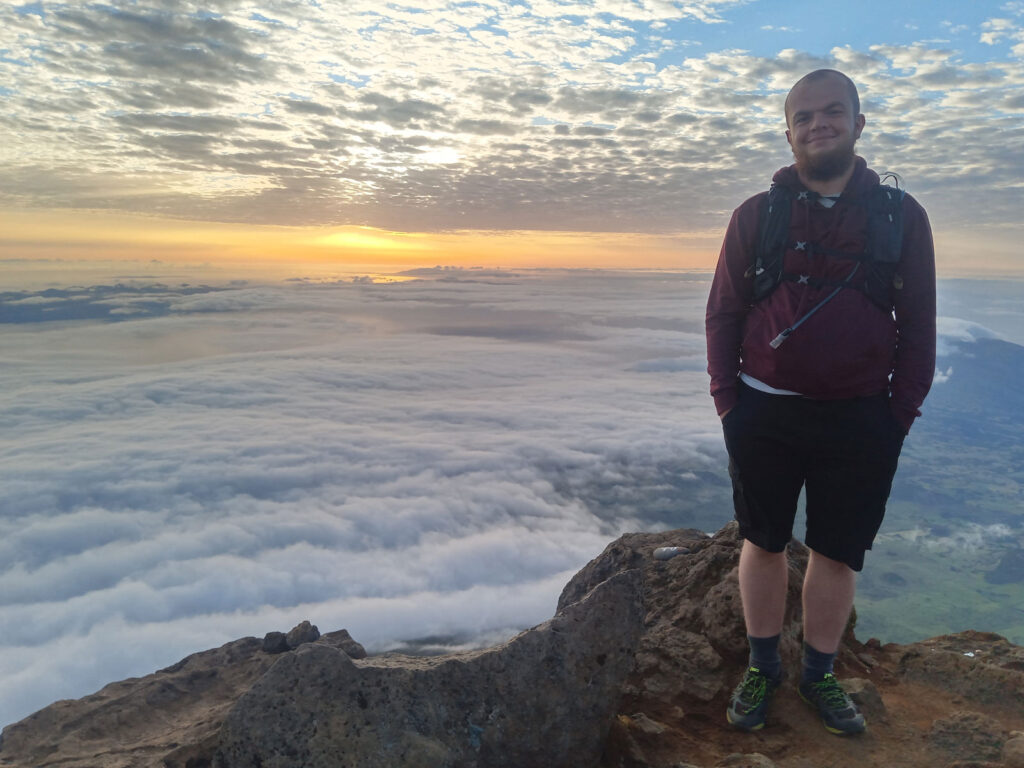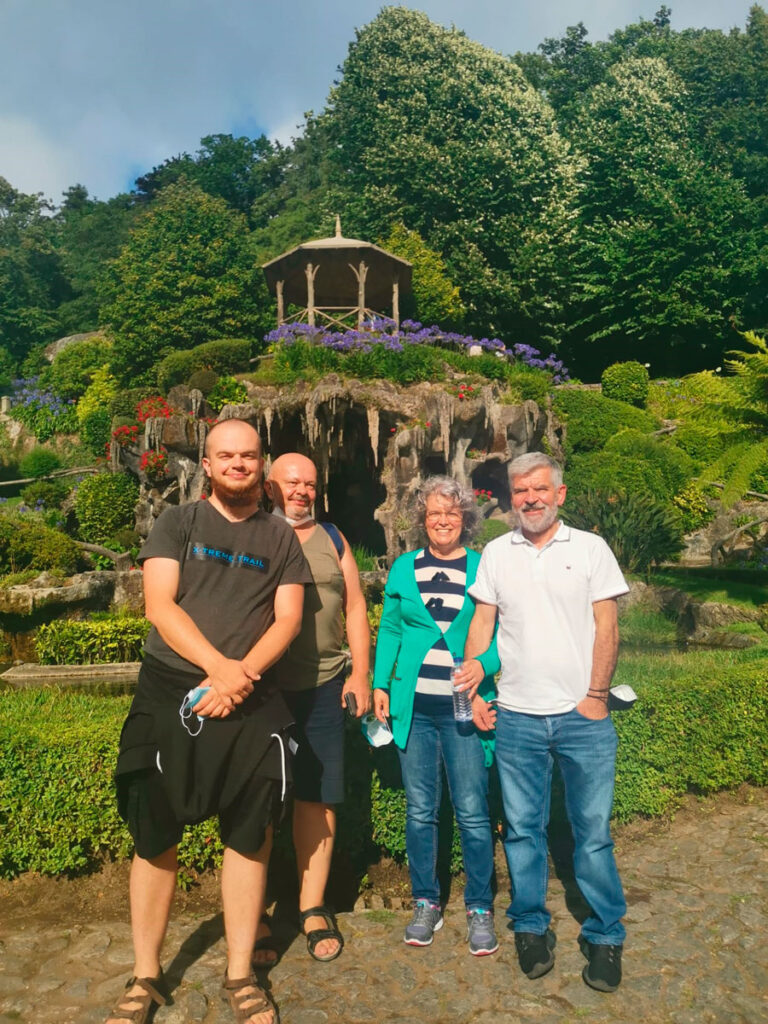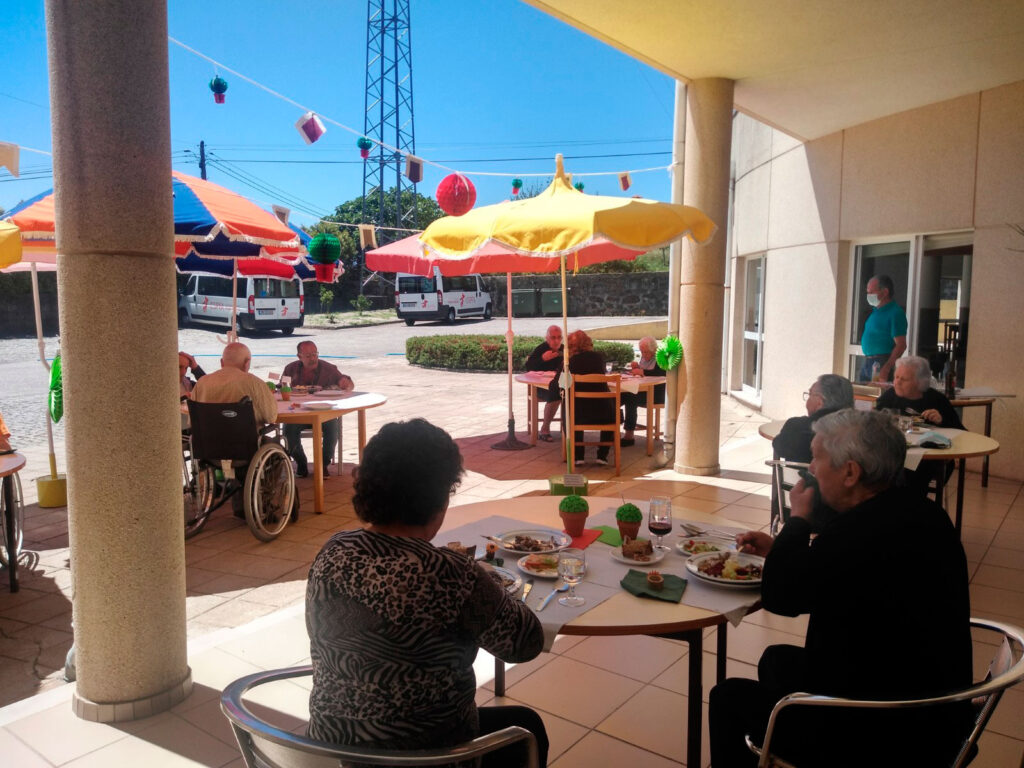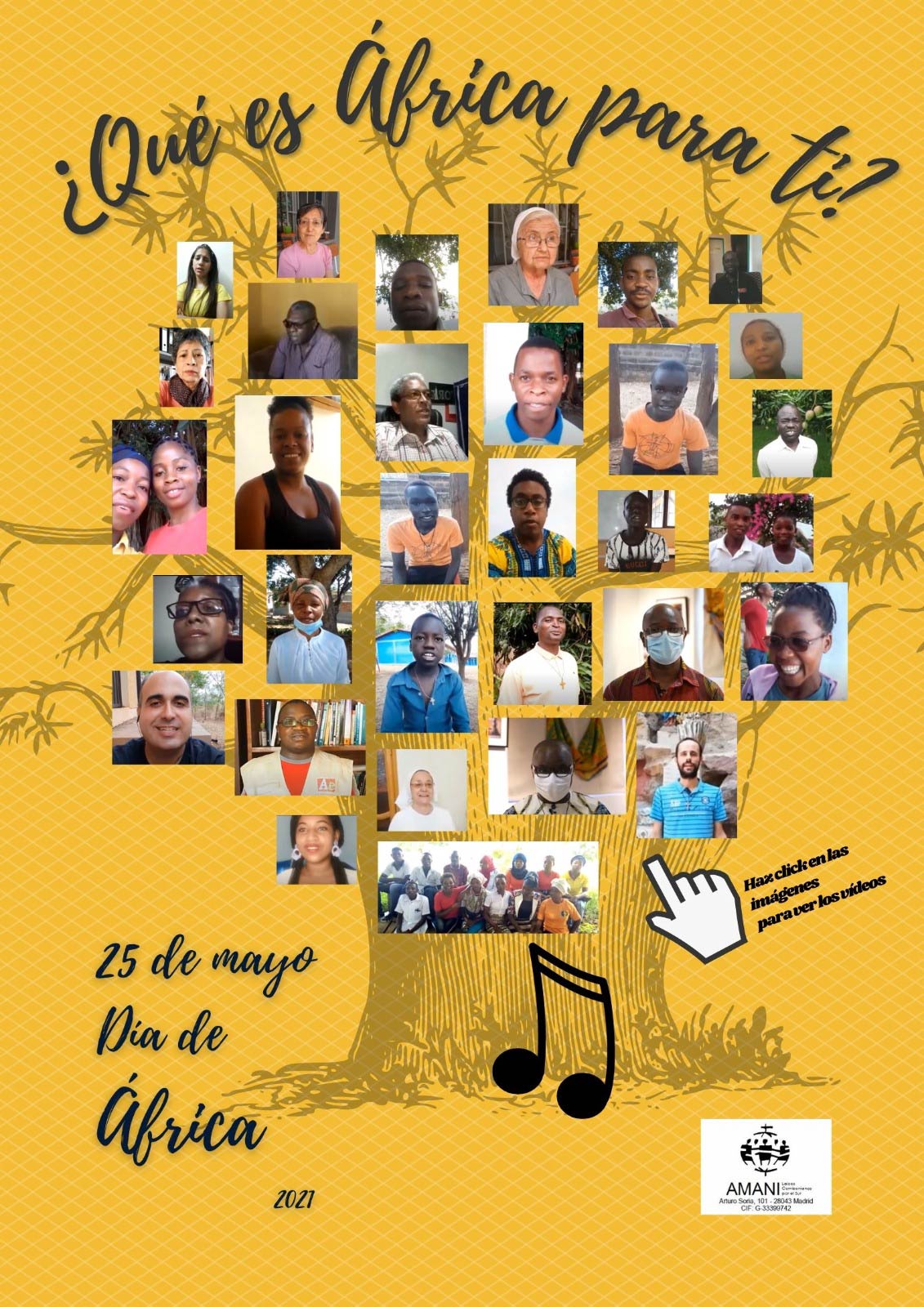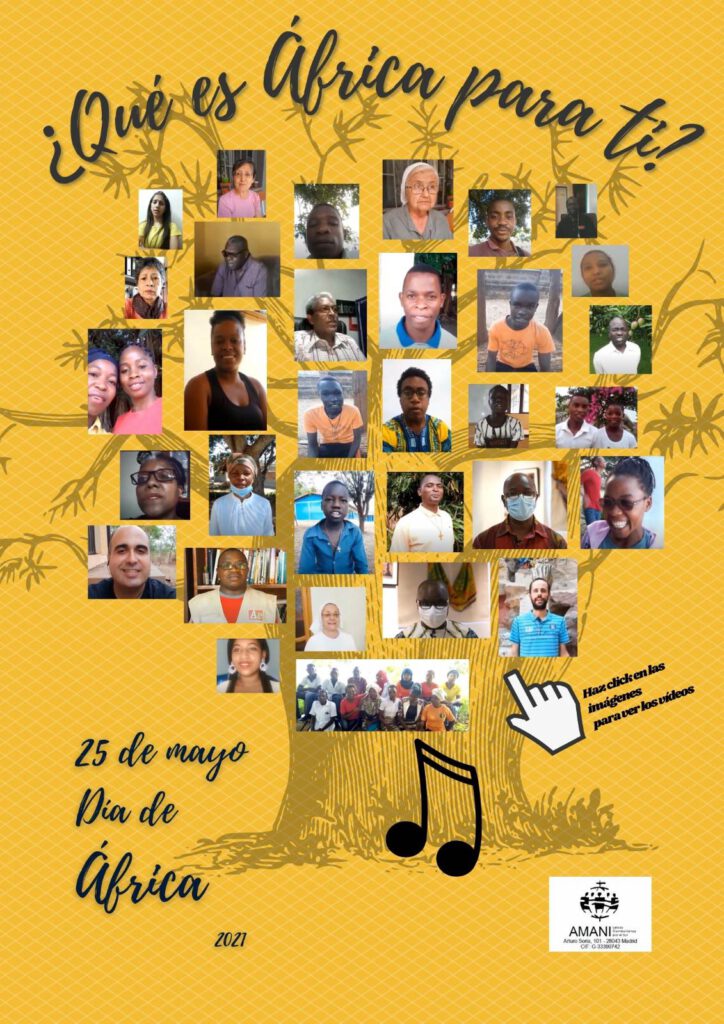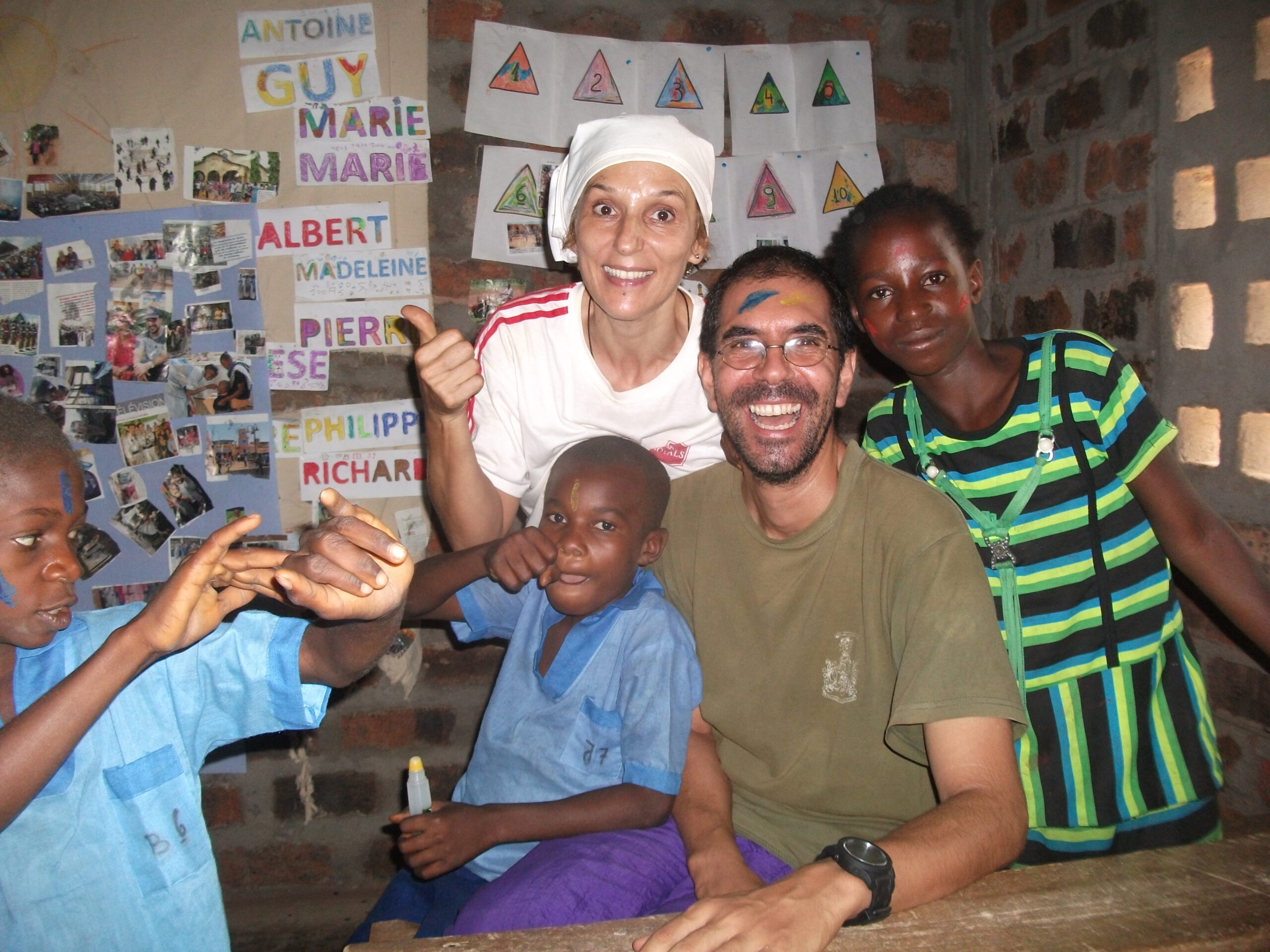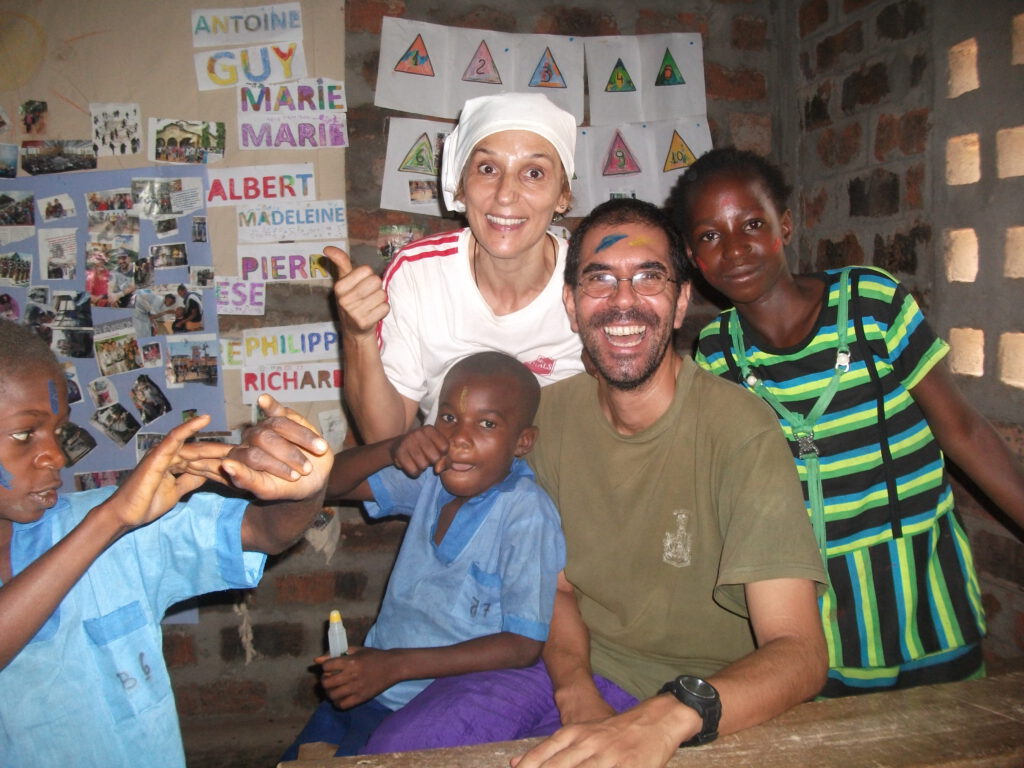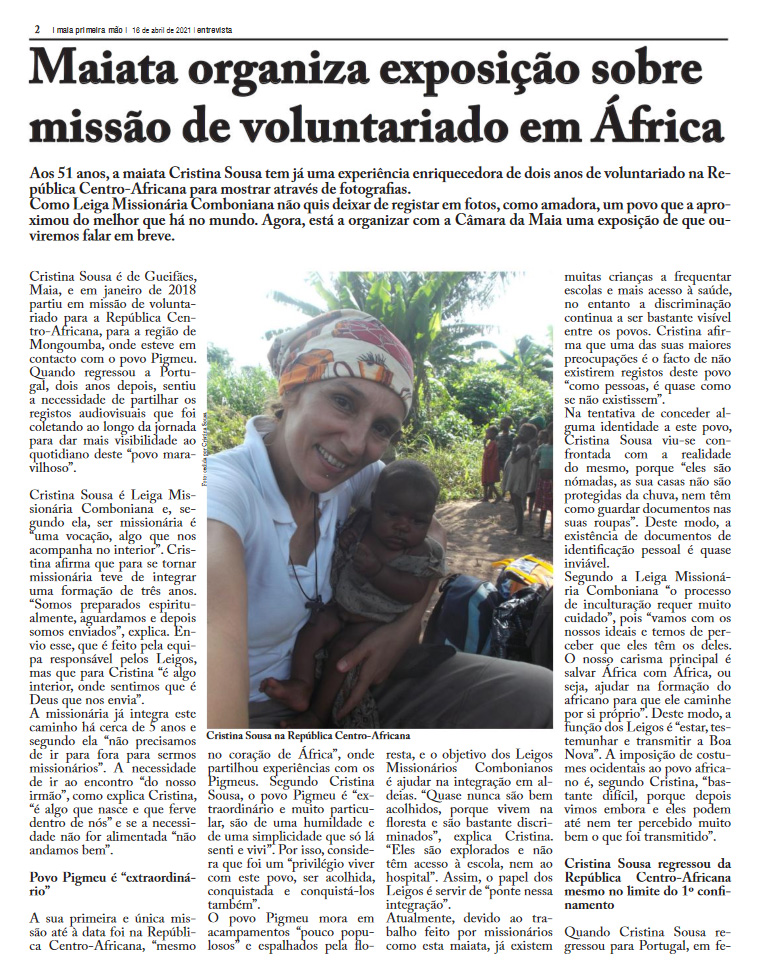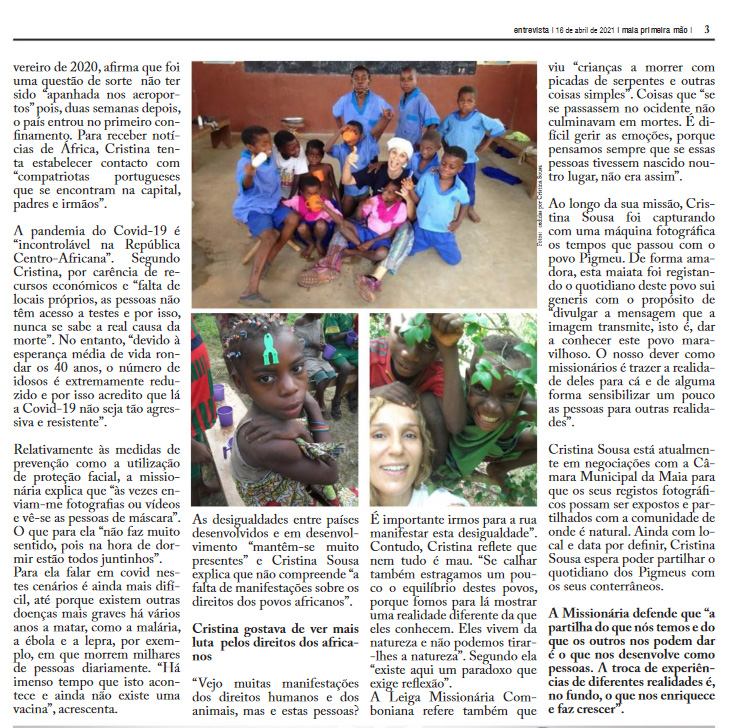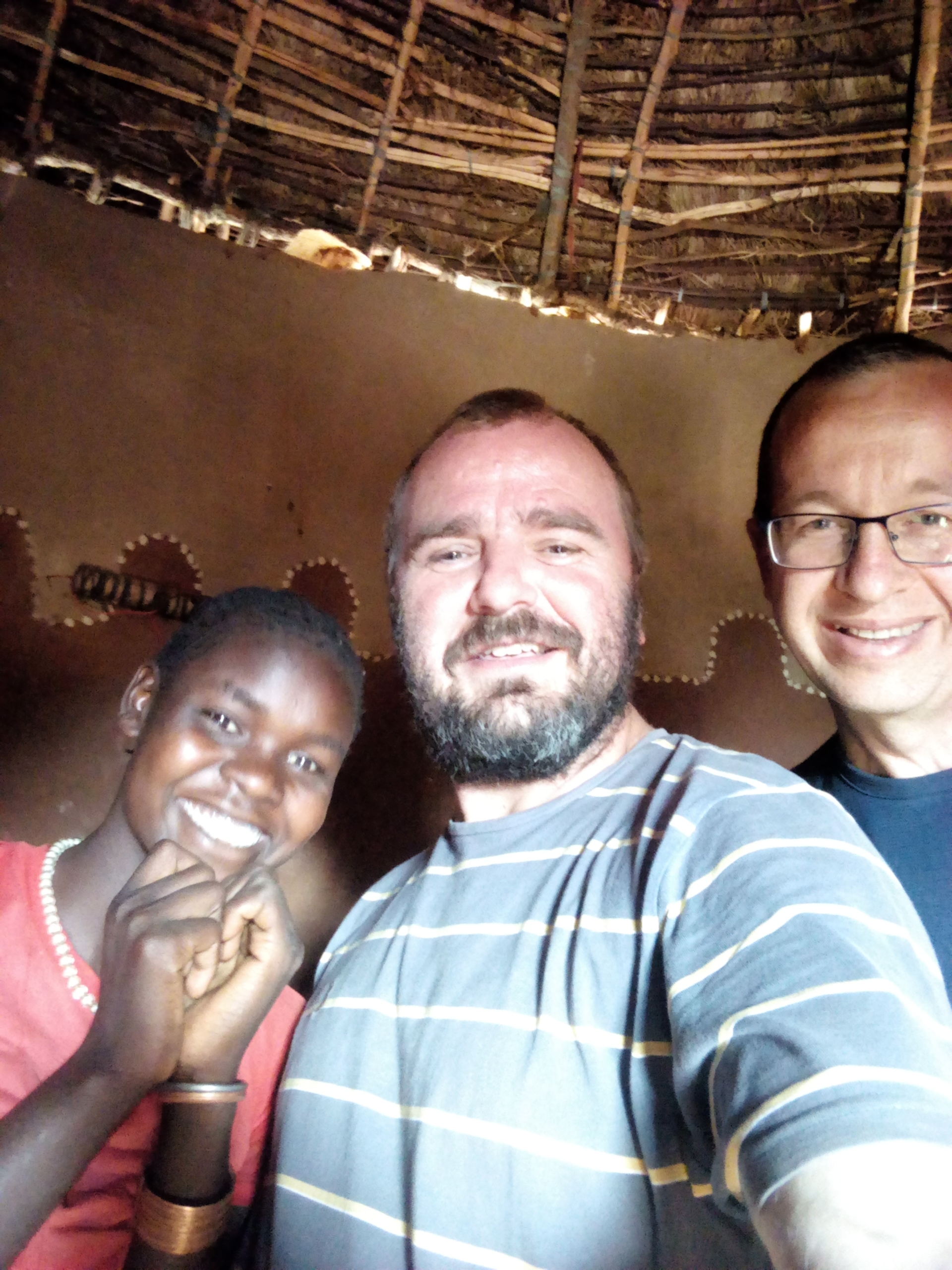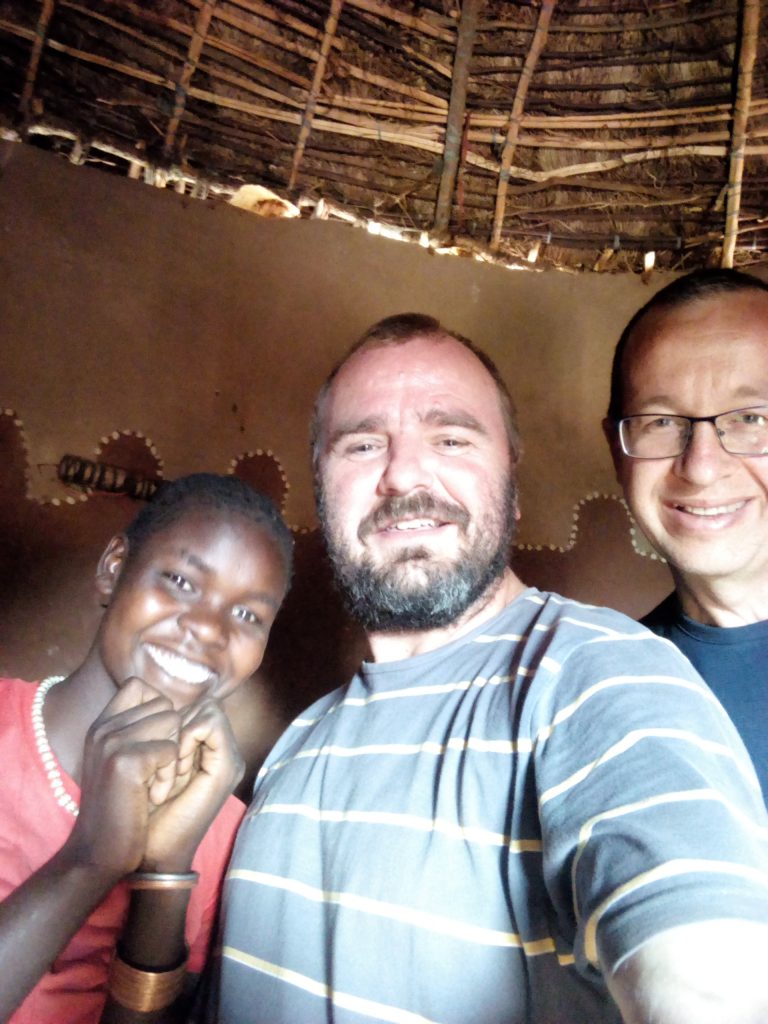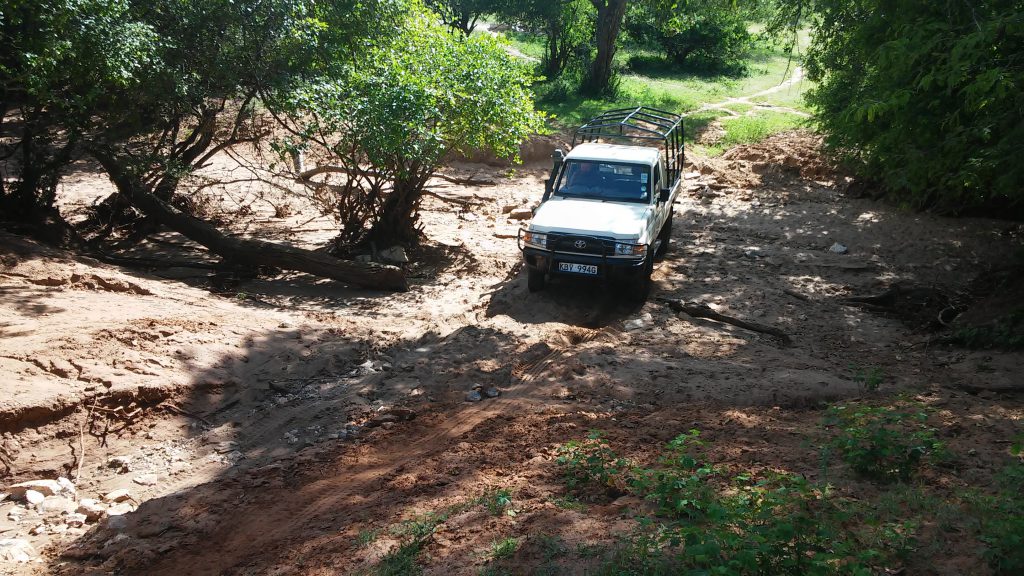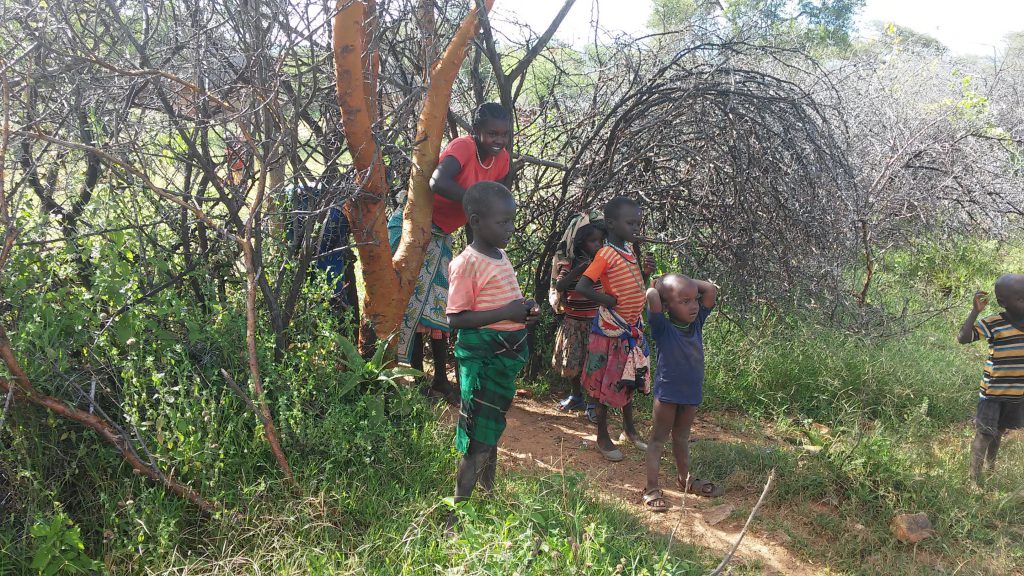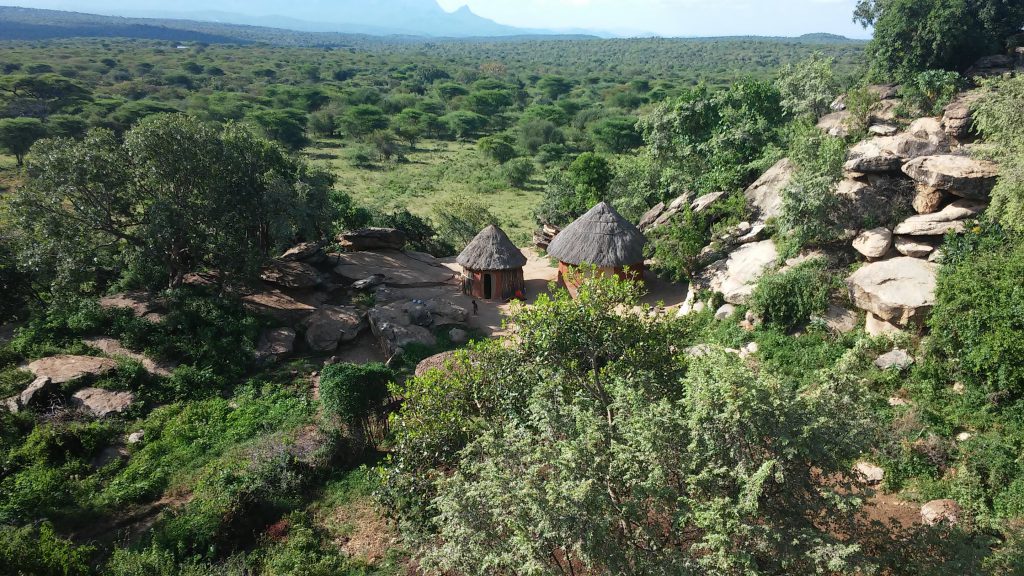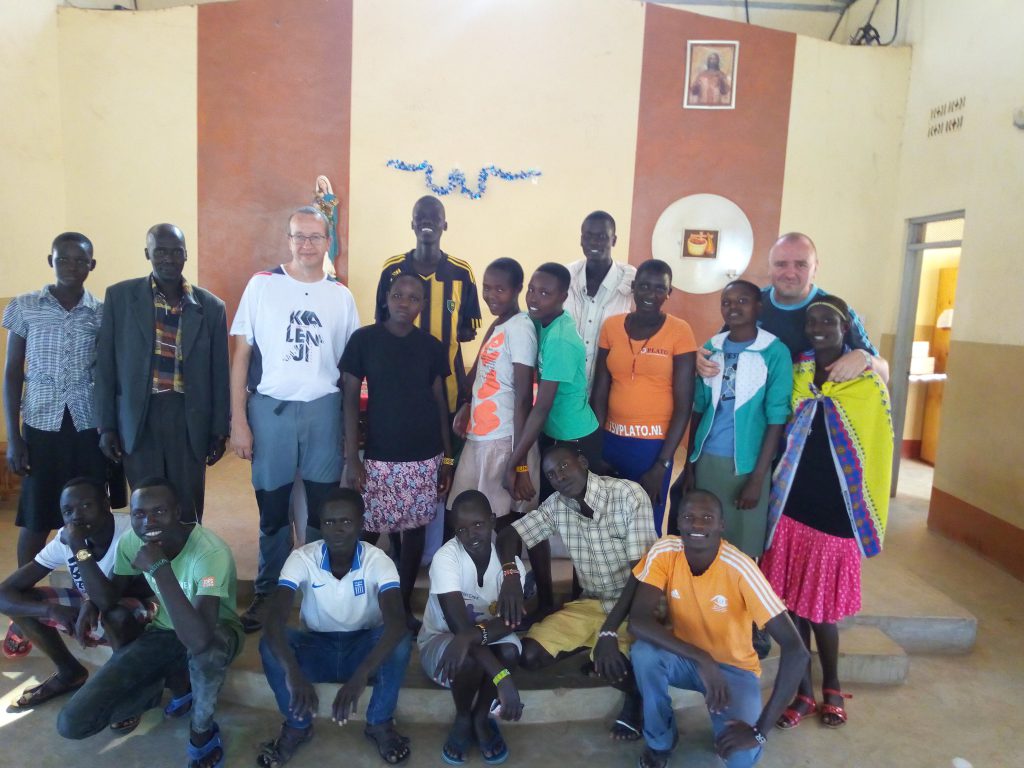The perfume takes over our entire train. They are the ones who come to take us by the hand and guide us, as the conductors of this train. They are the ones who smile at us, as a gesture of their welcome. They are the ones who feed us and toast us. Yes, all women. Joyful, marked by the years of life and struggle, beautiful and smiling. Young and experienced. Short, long, and gray hair. The women who have passed us on this journey have shown that they are capable of embracing and fighting. To face great dragons and to stroke our heads when we turn on our feet. Eunice is one of these women. The first to welcome us to the priests’ home. Always attentive and welcoming. She marks our first contact with the women of that place. Also Dina and Maynara were in our wagon during this whole itinerary. They were the ones who prepared our way, organizing and cleaning the house of the CLM. They are the ones who welcomed us, taught us about the things of that place. They are the continuators of the struggles and celebrations of such a welcoming people. Suddenly, we were all together. The girls run among us in a game of getting closer, the young women who stare at the strangers are curious about those who come from afar, the women who open their arms and hearts to welcome us, and the ladies, the leaders who have already done, are doing, and, if necessary, will be able to do it all again.
Knowledge is something that only grows when we share it. And so it was on our mornings, sipping coffee or a mug of juice, many juices, that we shared our knowledge with Marcelo, Father Carlos, João Carlos, Valdênia, Renato, Yonná, Morgana and Father Joseph. And everything ends with a taste of wanting more, of staying in that station for a few more hours, days, lives. Learning is something unique and contagious. Those who learn begin to live with the desire to teach, to transmit, to share what they have received. But there is also teaching without words. With gestures, conversations, but mainly with attitudes. Father Silvério is one of these. He looks at the smallest, the little ones, with a sparkle in his eyes, stories to tell and a whole life to dedicate to them.
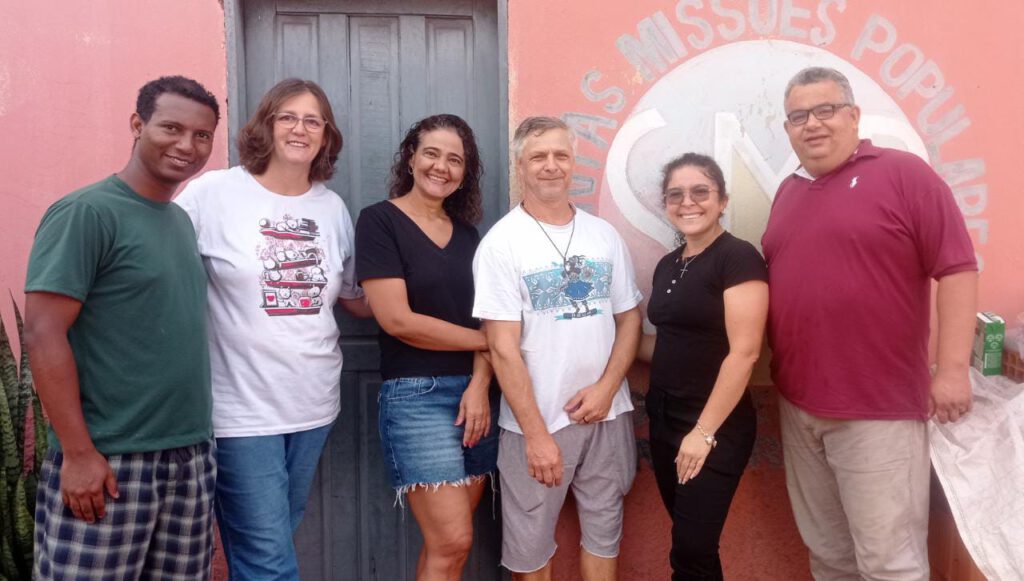
We arrived at the highest station, the “Piquiá da Conquista” station. When I saw in the distance, hidden among the açaí palm trees, mango trees and babaçu trees, those little white houses, all well organized, a distant story of a place known as the Promised Land came to mind. It was while talking to Dona Tida, in the facilities of the restaurant Sabor da Conquista, that we learned about the history and the conquest that was taking place there, in front of us, present in the lives of the people of Piquiá de Baixo. Just like the Promised Land, this story has its Moses. One of the leaders of the community who was present in all the moments and struggles of this people. But it was on the day the first brick was laid, the day Piquiá da Conquista was sighted, that Mr. Edvar passed away from respiratory complications. Yes, he was one of those who died from the pollution brought by the steel mills to Piquiá de Baixo. Dona Tida (Francisca), like Josué, leads the people through the Piquiá River, promotes meetings, discusses, listens, and organizes the people. There are 312 houses. There will be 312 families with a new place to live, far from the dragons, but not far from their flames and smoke.
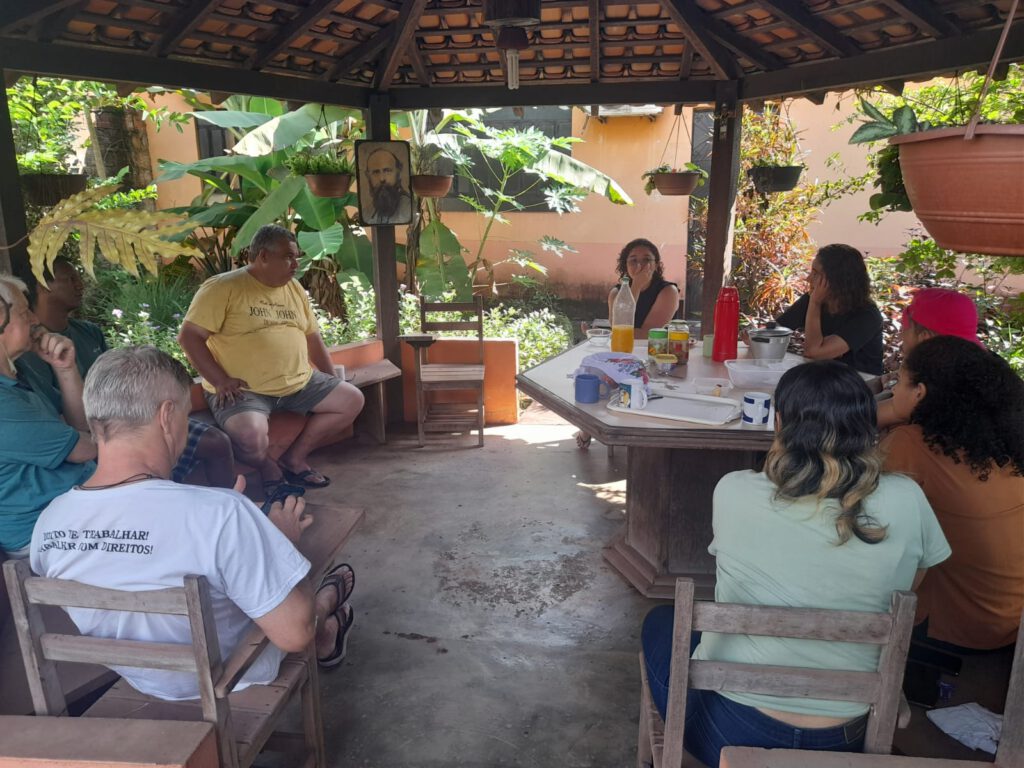
Perhaps you ask why this journey. Maybe these are not your tracks. Maybe none of it makes sense to you. But I can assure you of one thing, you have a way that is uniquely yours. But I have met a man, frail in appearance, intense in look, with a life well lived. To summarize this man, Ms. Tida revealed to us a secret that only experienced people, able to hear the whisper of God, are able to tell us. She asked us: Do you know that man who has the way of God? Our glances met as if asking: we still don’t know the way of God and how will we recognize such a person. She then asks us: do you know Father Dario? Our eyes open and everyone confirms: Yes, we know Father Dario. Each one with his or her own story about the one who has “God’s way”.
To be continued…




